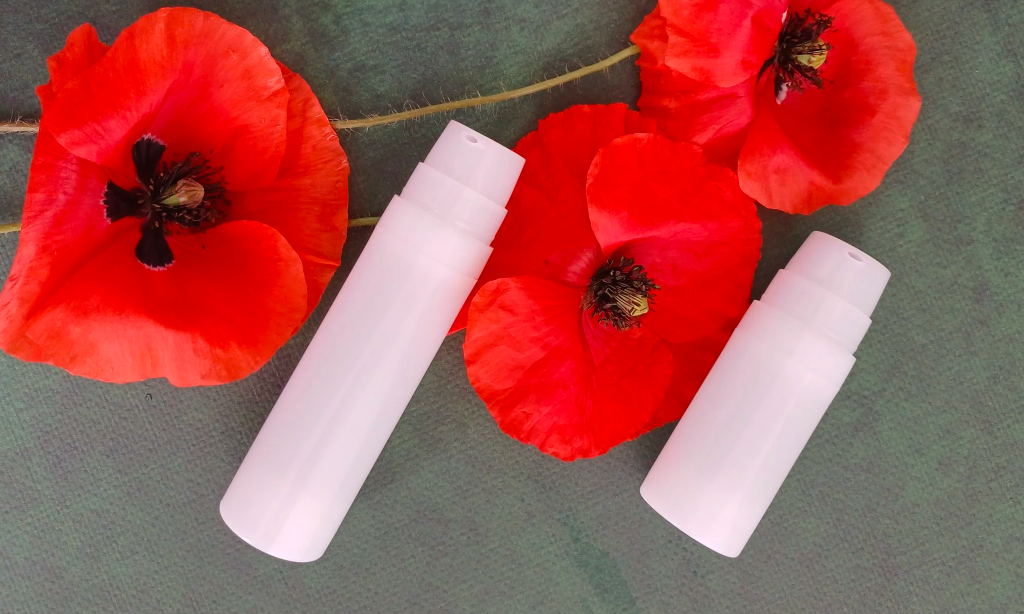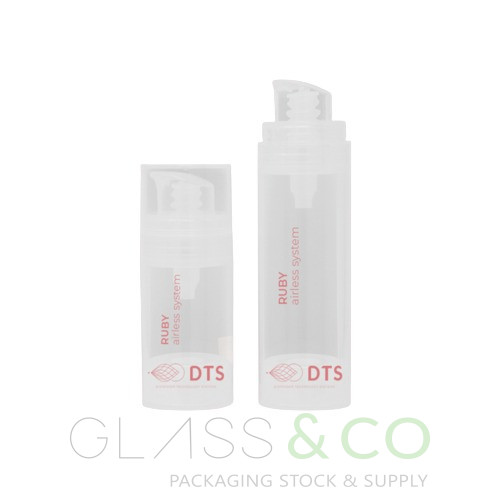
Airless & Monomaterials: why so much ado about it and where greenwashing might sneak.
As for terminology, everything is straight and clear: the term “monomaterial” is used to define containers made from one single material. A big trend right now: manufacturers eager to get as much ECO as possible, and monomaterials make packaging 100% recyclable without engaging into laborious separation and disassembling of tons of waste. Not only amounts of plastic waste go down this way, but also the consumption of „virgin” materials.
A glass or PET bottles without a cap – those are classics of monomaterial packaging. Easy to recycle and turn into a further generation of containers. Airless systems are way more complicated – just by design, that includes elements of various materials (most springs are mostly metal), which extends and complicates the recycling process significantly. That’s why only the bottle off the whole systems goes to recycling, while the pump just goes to waste. There are, however, exceptions in the market, promising to become the new rule soon: monomaterial airless-pump bottles. In most cases it’s full-PP systems including a PP string. Such systems require no special disassembling to be recycled, so both the bottle and the pump along with all the stuffing inside get there second life.
Monomaterial (PE) airless systems
As for greenwashing, absence of metal elements alone doesn’t make the container “mono”. There’s some sort of a transitional stage, the so-called “all plastic” solutions. The science of producing springs from PP is difficult to master, so most of them are made from PE, which is more flexible and resistant to irreparable deformation caused by repeating constringency. So, the body and some parts of the dozing system may be made from PP, and the pump mechanism – from PE.
Transparent “all-plastic” PE+PP airless system
Such combination of elements is still recyclable (and way easier compared to those containing metal parts), yet the process requires additional disassembling and sorting. The most simple example to better understand the concept: a PET water bottle without a cap can be defined as monomaterial, but with a cap it becomes “all plastic”. Though the replacement of metal by plastic alone is huge step in the green direction, marking a PP+PE airless system as “monomaterial” is a straightforward misconception. Not everyone is able to tell the difference, however, doing so is pure greenwashing. Don’t do that 🙂

